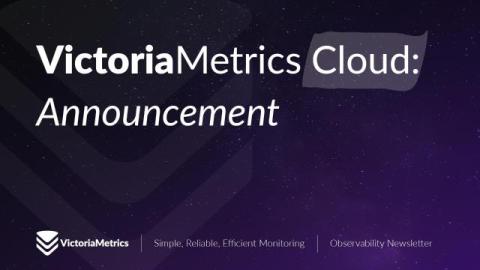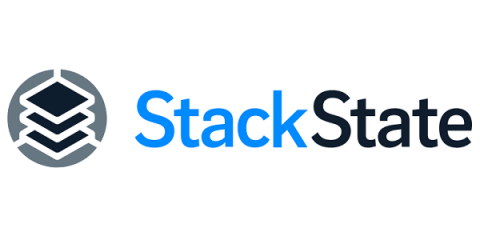How to make your web page faster before it even loads
As developers (and as front end developers in particular), we usually talk about web performance in the context of measuring what happens when we start to see things appear in a browser window, and when we can consume content or interact with the page.











